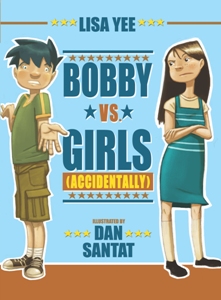 Meet the smallest mouse in the Buckingham Palace mews. Brought to the mews in a sewing basket when his mother died, the little mouse knows almost nothing about his origins. Even his name, Mouse Minor (if you can call that a name), was given by his classmates rather than his family. More than anything else, he wants to know where he’s come from.
Meet the smallest mouse in the Buckingham Palace mews. Brought to the mews in a sewing basket when his mother died, the little mouse knows almost nothing about his origins. Even his name, Mouse Minor (if you can call that a name), was given by his classmates rather than his family. More than anything else, he wants to know where he’s come from.
His journey to answer the questions of his past begins days before Queen Victoria’s Diamond Jubilee, when he’s accidentally caught in plain (human) sight wearing his school uniform. Though it’s true that a complex mouse society is constantly engaged in keeping the human world humming, human beings themselves are never to know. This essential rule of mousedom broken, Mouse Minor sets out to make his own way in London. A ride in a horse’s ear, a brief stint with the Yeomice of the Guard, and a botched kidnapping lead him at last to Queen Victoria herself, who really might know everything, and who suggests that the answers he’s seeking might be wrapped up in the biggest mouse secret of all.
The Mouse with the Question Mark Tail is an entertaining mystery adventure, but its real strengths lie in Peck’s use of language and his worldbuilding. Artful turns of phrase throughout are delightful for their own sake, while repeated phrases help to give flesh to Peck’s imagined mouse society. Mouse Minor serves as an able guide to his hidden mouse world, but the language does a lot, too, to communicate the traditions and assumptions that have grown up among this particular group of mice, as well as the shape of the relationship between mice and human beings. Highly recommended for language lovers, and those who enjoy a good mouse story.
Learn a bit about the prolific author behind the story, Richard Peck, or find other reviews from School Library Journal and Waking Brain Cells.
Sample the excellent audio version, narrated by Russ Bain.





